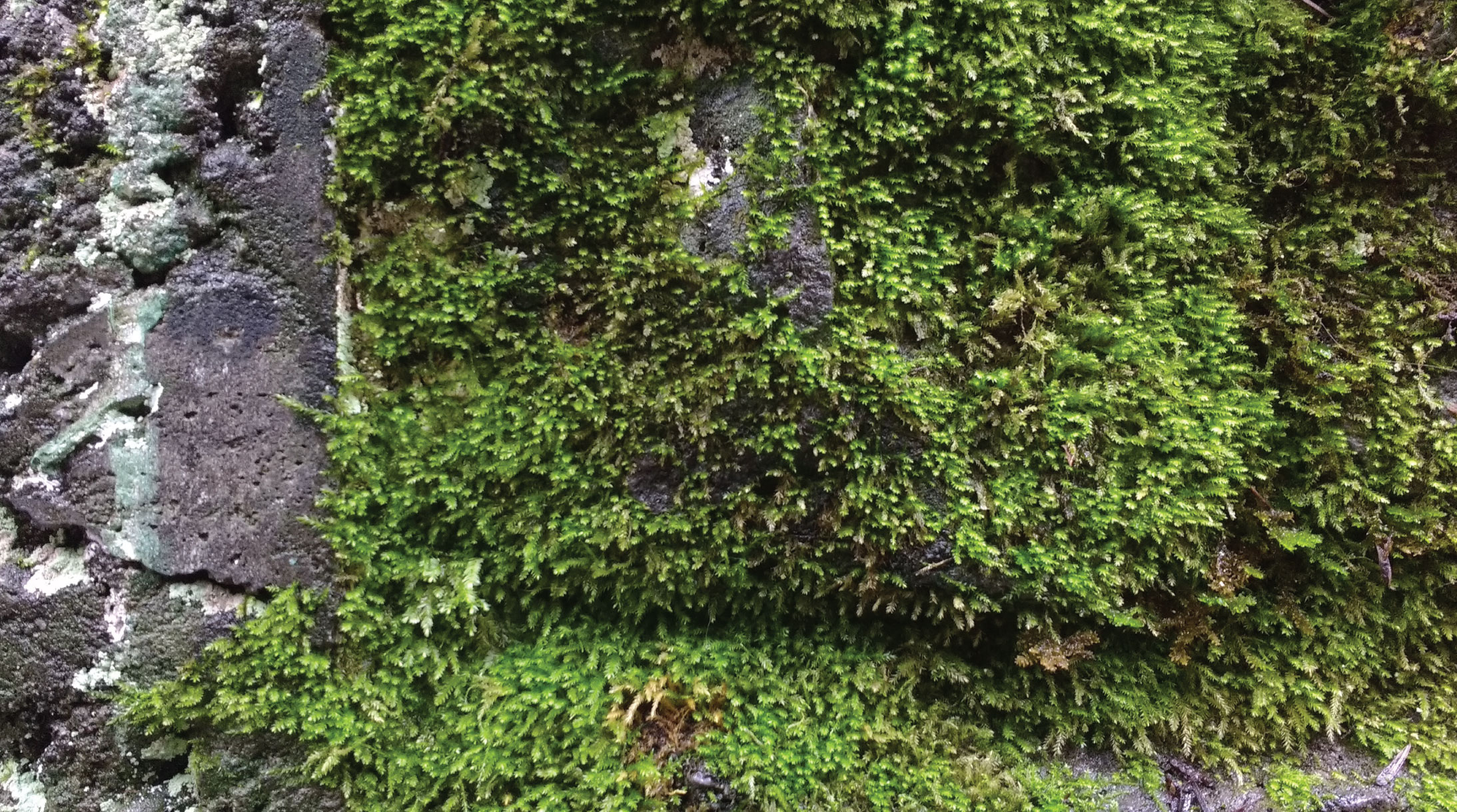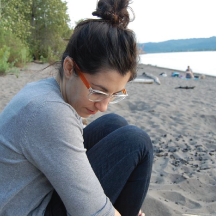I’m a woofer!
Prior to a couple of weeks ago, I thought woofers were people who worked on organic farms. Turns out, the name is used for another group of people: certified Wilderness First Responders (WFRs). As of July 27th, I’m excited to be one of them.
I’ve wanted to take a WFR for the past few years. Emergency medicine has called to me for a long time: I’ve given very serious thought (more than once) to doing paramedic training, I’d love to be a street medic, and my general prepper-ness means that I like having no-/low-technology skills. Not to mention the obvious benefits of wilderness medical knowledge when out biking/hiking/camping. I first looked into WRF training in Portland, but the classes were more money than I had to spend at that time in life, and always full anyway. Fast forward to May, when I moved back to Fort Collins, started going to the rec center on campus, and saw a flyer for the CSU-hosted WFR course. Hooray! And double hooray for getting a discount as a rec center member!
The course I took was through NOLS/WMI, which seems to be the best of the best for this stuff. NOLS is the National Outdoor Leadership School (or Nerds Out Lost Somewhere, according to one of my instructors), and they run the Wilderness Medicine Institute. The WFR course is the middle offering, in-between the weekend-long Wilderness First Aid class and the month-long Wilderness EMT course (something I wish I could take if only I had a lot more money and free time). The course was 10 days long, with one rest day: 80+ hours over nine all-day sessions and two evening sessions. My body is not a morning-person body, so I was dragging by the end, but the ragged mornings were so worth it. The class was me and 29 other students, who were without question the most outdoorsy, active people I’ve ever met. I was so outclassed. Even my nomadic, constantly backpacking/mountain-climbing friends would have been put to shame by this group. I felt like a lazy slug, but not in a bad way because they were all nice and funny and great people. Our instructors, Greg and John, were awesome. Knowledgeable, affable, and full of puns and awful (aka great) dad jokes. And John got me playing internet chess (I’m not very good, but I’d love to play with you).
The course was half classroom instruction, half practice scenarios. We were split into groups, and took turns being either patient or rescuer. Some things were simple (minor abrasions), some not (coming around a stand of trees to a screaming, writhing pile of people who had been swept away by an avalanche and were tangled in the remains of their tents). The scenarios all felt very real, and I’m surprised no actual cops/ambulances showed up while we were moaning and bleeding all over CSU’s campus. Our second evening session was the biggest scenario – covered in bug bites at the Environmental Learning Center until almost 11pm. At the end, we were in a circle in the dark, lit by a couple red headlamps, and the instructors did a little “welcome to the WFR family, we’re glad to have you” speech and I got surprisingly emotional about it. Our final test on the last day was a written exam and a practical scenario. My scenario teammate and I ran through our patient assessment system, treated our patient, and at the end, Greg asked “what could you have done better?”. We flailed for a few seconds trying to think of things, and then Greg said “the answer is nothing”, and I’m sure I had the dumbest, happy/derpy smile of all time on my face. By the end, we all felt like a weird giant family. And I know so much. Like, SO MUCH. How to protect/assess someone’s spine, how to clean and splint broken bones, reduce a few dislocations, treat various environmental/allergy issues, when/how to evacuate to more definitive medical care, and a million other things. It feels amazing and confident and calm. It really is a life-changing feeling. If you’ve ever thought about doing a WFR, do it!
So, on to the pictures. Don’t worry, the blood is all moulage (aka fake). For anyone who scans down to the images without reading the post, haha, joke’s on you. I already got several panicked/concerned text messages when I posted the mountain biking injury on Instagram.

Stabilizing spines.

I fell off my bike.

Litter carrying is hard work (especially when John makes you go over ledges and under trees with it).

Improvising splints.

Sorry about your broken pelvis, John (and your head wound, Jess).

Greg explaining Dragon Knots.

Wound closing.

RIP Cole’s hand. (A+ patient care involves talking about hypothetical names for your sword now that you’re basically Jaime Lannister.)

CPR training. Turns out, automated external defibrillators aren’t nearly as exciting as you think they will be.

Lunch: chess and Pokemon.

This is going to be an interesting scenario.

Let’s be honest, does anybody really know what’s inside a human abdomen?

Settling in for post-scenario discussion.

Night time rescue pals.

I’ve never seen so many Chacos in one place.

We did it!



